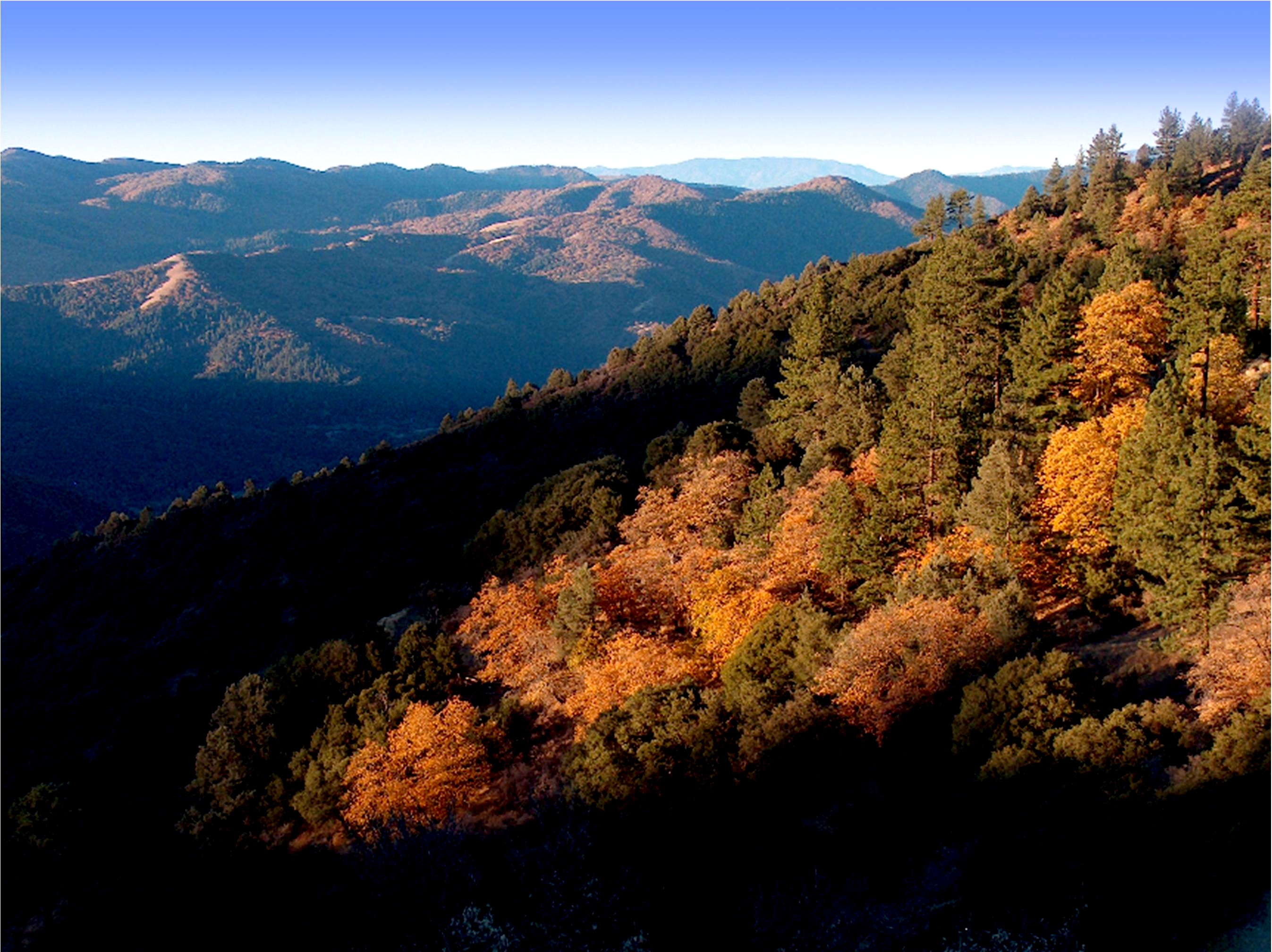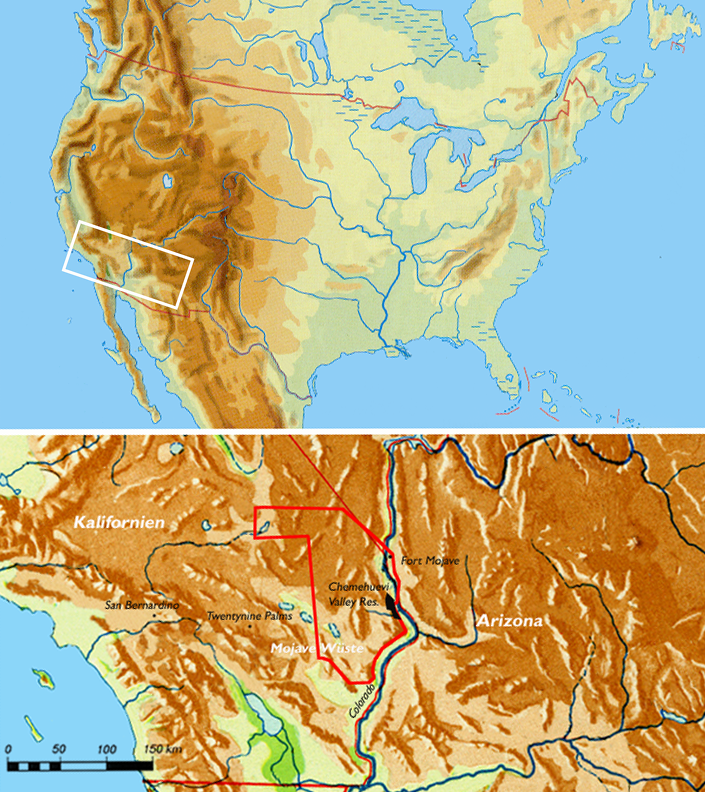|
Kawaiisu
The Kawaiisu (pronounced: ″ka-wai-ah-soo″) are a Native Californian ethnic group in the United States who live in the Tehachapi Valley and to the north across the Tehachapi Pass in the southern Sierra Nevada, toward Lake Isabella and Walker Pass. Historically, the Kawaiisu also traveled eastward on food-gathering trips to areas in the northern Mojave Desert, to the north and northeast of the Antelope Valley, Searles Valley, as far east as the Panamint Valley, the Panamint Mountains, and the western edge of Death Valley. Today, some Kawaiisu people are enrolled in the Tule River Indian Tribe. Language The Kawaiisu language, or Tehachapi, is a member of the Southern Numic division of the Uto-Aztecan language family. The Kawaiisu homeland was bordered by speakers of non-Numic Uto-Aztecan languages. The Kitanemuk to the south spoke Takic, the Tübatulabal to the north spoke the Tübatulabal language, a linguistic isolate. The Yokuts (''Monilabal'') to the west were non-Uto-Azte ... [...More Info...] [...Related Items...] OR: [Wikipedia] [Google] [Baidu] |
Kawaiisu Language
The Kawaiisu language is a Uto-Aztecan language spoken by the Kawaiisu people of California. Classification Kawaiisu is a member of the Southern Numic division of the Uto-Aztecan languages, Uto-Aztecan language family. Linguistic environment The Kawaiisu homeland was bordered by speakers of non-Numic Uto-Aztecan languages: the Kitanemuk to the south spoke Takic, the Tübatulabal people, Tubatulabal to the north spoke Tubatulabal language, Tubatulabal, the Yokuts to the west were non-Uto-Aztecan. Because they shared the Southern Numic language, the Chemehuevi to the east are considered the closest relatives to Kawaiisu. Geographic distribution The remaining Kawaiisu speakers live in the Tehachapi Mountains, Tehachapi area of California. Revitalization In 1994, the language was severely endangered language, endangered, with perhaps fewer than 20 remaining speakers. In 2011, The Kawaiisu Project received the Governor’s Historic Preservation Award for its efforts to documen ... [...More Info...] [...Related Items...] OR: [Wikipedia] [Google] [Baidu] |
Tehachapi Mountains
The Tehachapi Mountains (; Kawaiisu: ''Tihachipia'', meaning "hard climb") are a mountain range in the Transverse Ranges system of California in the Western United States. The range extends for approximately in southern Kern County and northwestern Los Angeles County and form part of the boundary between the San Joaquin Valley and the Mojave Desert. Geography The Tehachapis form a geographic, watershed, habitat, and rain shadow divide separating the San Joaquin Valley to the northwest and the Mojave Desert to the southeast. The Tehachapis' crest varies in height from approximately . They are southeast of Bakersfield and the Central Valley, and west of Mojave and the Antelope Valley. The range runs southwest to northeast (SW-NE) connecting the Southern Sierra Nevada range on their northeast with the San Emigdio Mountains on the west and Sierra Pelona Mountains on the southwest. The Tehachapis are delineated from the San Emigdio Mountains by Tejon Pass at the range's weste ... [...More Info...] [...Related Items...] OR: [Wikipedia] [Google] [Baidu] |
Indigenous Peoples Of California
The indigenous peoples of California (known as Native Californians) are the indigenous inhabitants who have lived or currently live in the geographic area within the current boundaries of California before and after the arrival of Europeans. With over forty groups seeking to be federally recognized tribes, California has the second-largest Native American population in the United States. The California cultural area does not conform exactly to the state of California's boundaries. Many tribes on the eastern border with Nevada are classified as Great Basin tribes, and some tribes on the Oregon border are classified as Plateau tribes. Tribes in Baja California who do not cross into California are classified as indigenous peoples of Mexico. History Pre-contact Evidence of human occupation of California dates from at least 19,000 years ago. Prior to European contact, indigenous Californians had 500 distinct sub-tribes or groups, each consisting of 50 to 500 individual members. ... [...More Info...] [...Related Items...] OR: [Wikipedia] [Google] [Baidu] |
Chemehuevi
The Chemehuevi are an indigenous people of the Great Basin. They are the southernmost branch of Southern Paiute."California Indians and Their Reservations." ''SDSU Library and Information Access.'' Retrieved 12 April 2010. Today, Chemehuevi people are enrolled in the following : * * |
Uto-Aztecan Languages
Uto-Aztecan, Uto-Aztekan or (rarely in English) Uto-Nahuatl is a family of indigenous languages of the Americas, consisting of over thirty languages. Uto-Aztecan languages are found almost entirely in the Western United States and Mexico. The name of the language family was created to show that it includes both the Ute language of Utah and the Nahuan languages (also known as Aztecan) of Mexico. The Uto-Aztecan language family is one of the largest linguistic families in the Americas in terms of number of speakers, number of languages, and geographic extension. The northernmost Uto-Aztecan language is Shoshoni, which is spoken as far north as Salmon, Idaho, while the southernmost is the Pipil language of El Salvador and Nicaragua. ''Ethnologue'' gives the total number of languages in the family as 61, and the total number of speakers as 1,900,412. Speakers of Nahuatl languages account for over 85% of these. The internal classification of the family often divides it into two branc ... [...More Info...] [...Related Items...] OR: [Wikipedia] [Google] [Baidu] |
Antelope Valley
The Antelope Valley is located in northern Los Angeles County, California, and the southeast portion of Kern County, California, and constitutes the western tip of the Mojave Desert. It is situated between the Tehachapi, Sierra Pelona, and the San Gabriel Mountains. The valley was named for the pronghorns that roamed there until they were all but eliminated in the 1880s, mostly by hunting, or resettled in other areas. The principal cities in the Antelope Valley are Palmdale and Lancaster. Geography The Antelope Valley comprises the western tip of the Mojave Desert, opening up to the Victor Valley and the Great Basin to the east. Lying north of the San Gabriel Mountains, southeast of the Tehachapis, and east of the Sierra Pelona Mountains, this desert ecosystem spans around . The valley is bounded by the Garlock and San Andreas fault systems. Precipitation in the surrounding mountain ranges contributes to groundwater recharge. Flora and fauna The Antelope Valley is home t ... [...More Info...] [...Related Items...] OR: [Wikipedia] [Google] [Baidu] |
Tübatulabal People
The Tübatulabal are an indigenous people of Kern River Valley in the Sierra Nevada range of California. They may have been the first people to make this area their permanent home. Today many of them are enrolled in the Tule River Indian Tribe."Tubatulabal Indians." ''SDSU: California Indian Tribes and Their Reservations.'' Retrieved 30 June 2013. They are descendants of the people of the Uto-Aztecan language group, separating from people about 3000 years ago. Territory The Tübatulabal's traditional homelands extended over including the Kern and South For ...[...More Info...] [...Related Items...] OR: [Wikipedia] [Google] [Baidu] |
Tübatulabal Language
Tübatulabal is an extinct Uto-Aztecan language, traditionally spoken in Kern County, California, United States. It is the traditional language of the Tübatulabal, who have now shifted to English. The language originally had three main dialects: Bakalanchi, Pakanapul and Palegawan. In English, the name Tübatulabal refers to both the Tübatulabal people and their language. However, in the language itself, the term Tübatulabal refers only to the Tübatulabal people. Its origin is unclear, but it may be related to the noun stem ' "pine nuts". The Tübatulabal term for the Tübatulabal language is ''.'' Phonology Segmental phonology Vowels There are six phonemic vowels in Tübatulabal: Contrastive short and long versions of each vowel are found in both stressed and unstressed syllables. The vowels have various allophones which occur in different environments, most notably more central lax allophones when the vowels are short and occur in unstressed syllables. ''i'' and ''u'' ... [...More Info...] [...Related Items...] OR: [Wikipedia] [Google] [Baidu] |
Tehachapi Pass
Tehachapi Pass (Kawaiisu: ''Tihachipia'', meaning "hard climb") is a mountain pass crossing the Tehachapi Mountains in Kern County, California. Traditionally, the pass marks the northeast end of the Tehachapis and the south end of the Sierra Nevada range. The route is a principal connector between the San Joaquin Valley and the Mojave Desert. The Native American Kitanemuk people used the pass as a trade route before the American settlement of the region in the 19th century. The main line of the former Southern Pacific Railroad opened though the pass in 1876; the tracks are now owned by the Union Pacific Railroad and shared with BNSF Railway. U.S. Route 466 was built in the 1930s, and the road is now State Route 58. The Pass is also the route of the planned California High-Speed Rail line. The Tehachapi Mountains are also crossed by Tejon Pass at the southwest end of the range. Nomenclature The precise meaning of the name Tehachapi Pass is often a source of confusion. Technical ... [...More Info...] [...Related Items...] OR: [Wikipedia] [Google] [Baidu] |
Sierra Nevada
The Sierra Nevada () is a mountain range in the Western United States, between the Central Valley of California and the Great Basin. The vast majority of the range lies in the state of California, although the Carson Range spur lies primarily in Nevada. The Sierra Nevada is part of the American Cordillera, an almost continuous chain of mountain ranges that forms the western "backbone" of the Americas. The Sierra runs north-south and its width ranges from to across east–west. Notable features include General Sherman, the largest tree in the world by volume; Lake Tahoe, the largest alpine lake in North America; Mount Whitney at , the highest point in the contiguous United States; and Yosemite Valley sculpted by glaciers from one-hundred-million-year-old granite, containing high waterfalls. The Sierra is home to three national parks, twenty wilderness areas, and two national monuments. These areas include Yosemite, Sequoia, and Kings Canyon National Parks; and Devils Po ... [...More Info...] [...Related Items...] OR: [Wikipedia] [Google] [Baidu] |
Paiute
Paiute (; also Piute) refers to three non-contiguous groups of indigenous peoples of the Great Basin. Although their languages are related within the Numic group of Uto-Aztecan languages, these three groups do not form a single set. The term "Paiute" does not refer to a single, unique, unified group of Great Basin tribes, but is a historical label comprising: * Northern Paiute people of northeastern California, northwestern Nevada, eastern Oregon, and southern Idaho * Southern Paiute people of northern Arizona, southern Nevada, and southwestern Utah * Mono people The Mono ( ) are a Native American people who traditionally live in the central Sierra Nevada, the Eastern Sierra (generally south of Bridgeport), the Mono Basin, and adjacent areas of the Great Basin. The Eastern mono is often grouped under t ... of east central California, divided into Owens Valley Paiute (Eastern Mono) and Western Mono (Monache) {{Authority control ... [...More Info...] [...Related Items...] OR: [Wikipedia] [Google] [Baidu] |
Yokuts
The Yokuts (previously known as MariposasPowell, 1891:90–91.) are an ethnic group of Native Americans native to central California. Before European contact, the Yokuts consisted of up to 60 tribes speaking several related languages. ''Yokuts'' is both plural and singular, ''Yokut'', while common, is erroneous. 'Yokut' should only be used when referring specifically to the Tachi Yokut Tribe of Lemoore, CA. Some of their descendants prefer to refer to themselves by their respective tribal names; they reject the term ''Yokuts,'' saying that it is an exonym invented by English-speaking settlers and historians. Conventional sub-groupings include the Foothill Yokuts, Northern Valley Yokuts, and Southern Valley Yokuts.Pritzker, 211 History Another name used to refer to the Yokuts was Mariposans. The word Yokuts itself means people; the Yokuts are a peaceful people. There are many stories, depending on the tribe, on how the yokut and their land came to be but most follow a similar ... [...More Info...] [...Related Items...] OR: [Wikipedia] [Google] [Baidu] |

.jpg)



.jpg)

